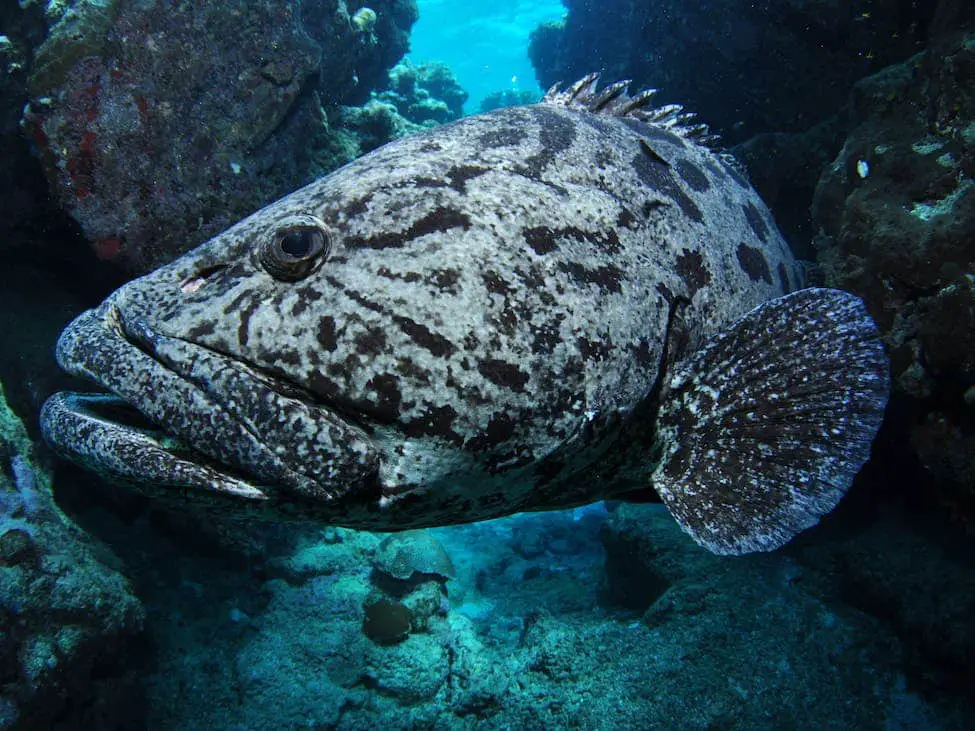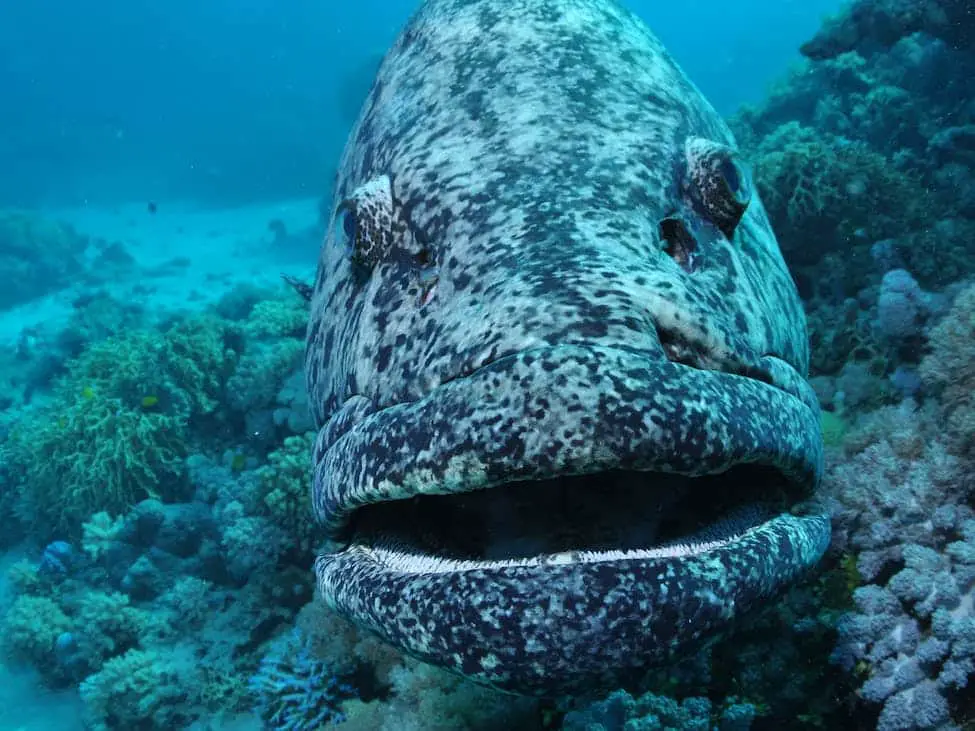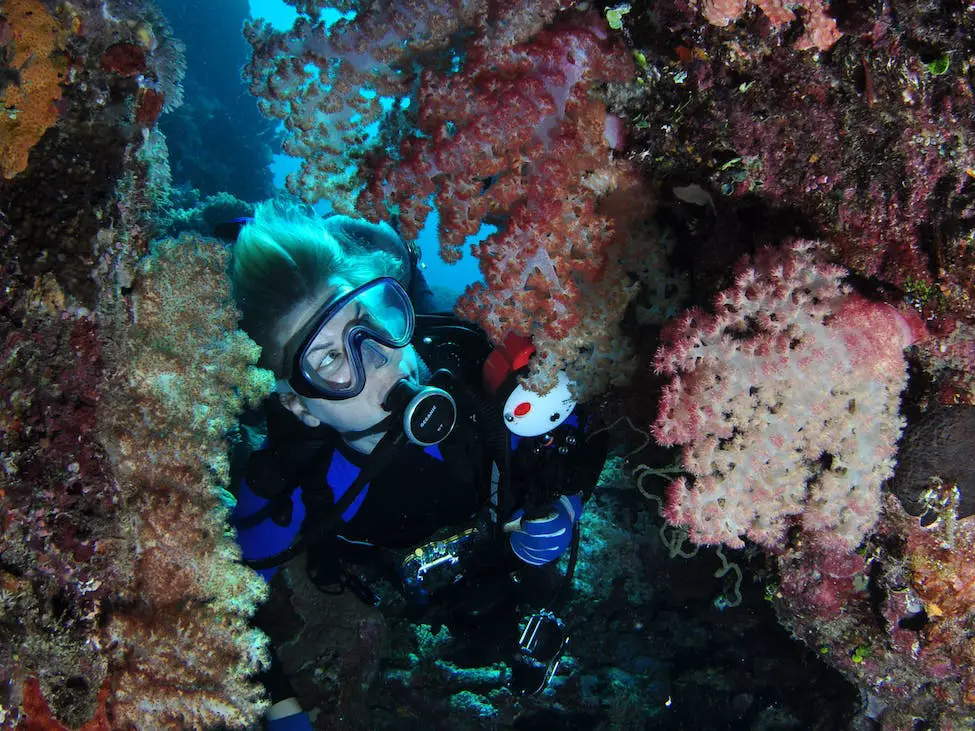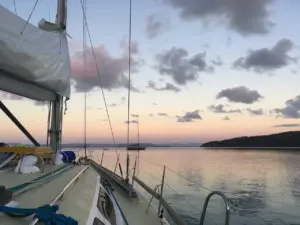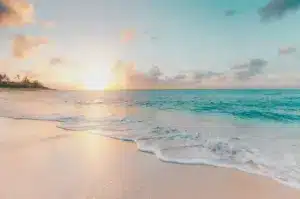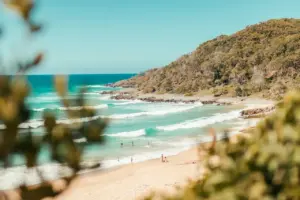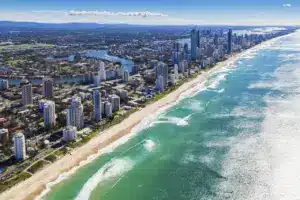The Famous Queensland Cod Hole
The Queensland Cod Hole is a well-known dive site on the Great Barrier Reef. The water is crystal clear, and the biodiversity is unrivaled. The site got its name from the massive Queensland grouper that live there. Divers have fed them for over three decades. During your dive, they will swarm around you, some weighing more than thirty kilograms.
Table of Contents
ToggleDiving off the Great Barrier Reef is undoubtedly one of the most exciting life experiences anyone can have, particularly when taking advantage of some of the region’s best dive sites. The Cod Hole is one of the most well-known diving spots in the area. The Cod Hole is located on Ribbon Reef #10, part of the Great Barrier Reef, about 150 kilometers from Port Douglas. Because the area is so far out in the sea, it usually takes four to five days to reach by boat from Port Douglas or Cairns. However, it is only a day’s journey from Lizard Island. The dive site’s popularity makes the Potato Cods and Maori Wrasses very friendly and will approach divers.
What Makes Cod Hole So Special
The Cod Hole is a famous dive site to visit. Take a one-day or a liveaboard trip to spend more time there. A day trip from Lizard Island is usually required, but if you are taking an abroad trip, you will most likely be traveling to the Cod Hole from Port Douglas or Cairns.
When you first dive in, you will reach a depth of about 15 meters (50 feet). Combining this comfortable depth with no currents and incredible visibility makes this site ideal for divers of all skill levels.
You will be able to see gorgonians as well as other elusive creatures once you attain a depth of about 32 meters or 100 feet. As you progress through the Cod Hole, you may come across an area with fantastic swim-throughs and caverns to explore.
Shark Alley is also located at the Cod Hole, where you can see White Tipped and Grey Reef Sharks sailing through the warm waters at just 9m. The Great Barrier Reef’s Cod Hole is internationally renowned as a new dive site and is a ‘must do’ on any Australian dive trip itinerary.
Marine Life in the Cod Hole
The most well-known species of aquatic life that calls the Cod Hole home is the massive Potato Cod, which you will undoubtedly encounter as soon as you step into the water.
The Maori Wrasse, also known as the Humphead Wrasse, is another large species of fish found in the Cod Hole. They will swim in close and look for scraps. You will have plenty of photo opportunities between the Potato Cod and these fish. In addition to the Potato Cods and Maori Wrasses, this region is rich in marine life.
More to Find in Cod Hole
Other fish species you can expect include Lion Fish, Sweetlips, Frogfish, Angelfish, Goatfish, Trevally, Boxfish, Parrotfish, Emperor Triggerfish, Barracuda, and Coral.
Keep an eye out for the brilliantly camouflaged Lacy Scorpionfish among the coral. If you are lucky, you will catch a glimpse of one unless it’s good at hiding.
You might also see pygmy seahorses, lobsters, Moray Eels, giant clams that can grow to be 2 meters long, and Whitetip Reef Sharks. Dive in the winter for a truly unforgettable encounter with dwarf Minke Whales.
Diving Requirements
The Cod Hole is very calm due to its natural structure, with few currents and good visibility. Indeed, it is an ideal location for underwater photography because the fish will swim up to your camera, allowing you to capture some breathtaking images. Divers with little to no experience can swim in these waters because the danger level is low, but it is always best to dive in groups.
The Cod Hole is open all year and is always teeming with life. It is also teeming with tourists, as this is one of the most popular diving areas along the Great Barrier Reef. This means you might have to visit during the off-season.
Best Time to Visit Cod Hole
The Great Barrier Reef and Cod Hole are accessible all year, but the best months to dive are late August to early December. Water temperatures range from 23°C to 29°C in the summer.
The summer season, which lasts from December to February, has the most rain, while the driest months are from June to November.
If you want to see whales during your dive, the Minke Whales can be seen from June to August. On the other hand, the famous Potato Cod is available all year.

